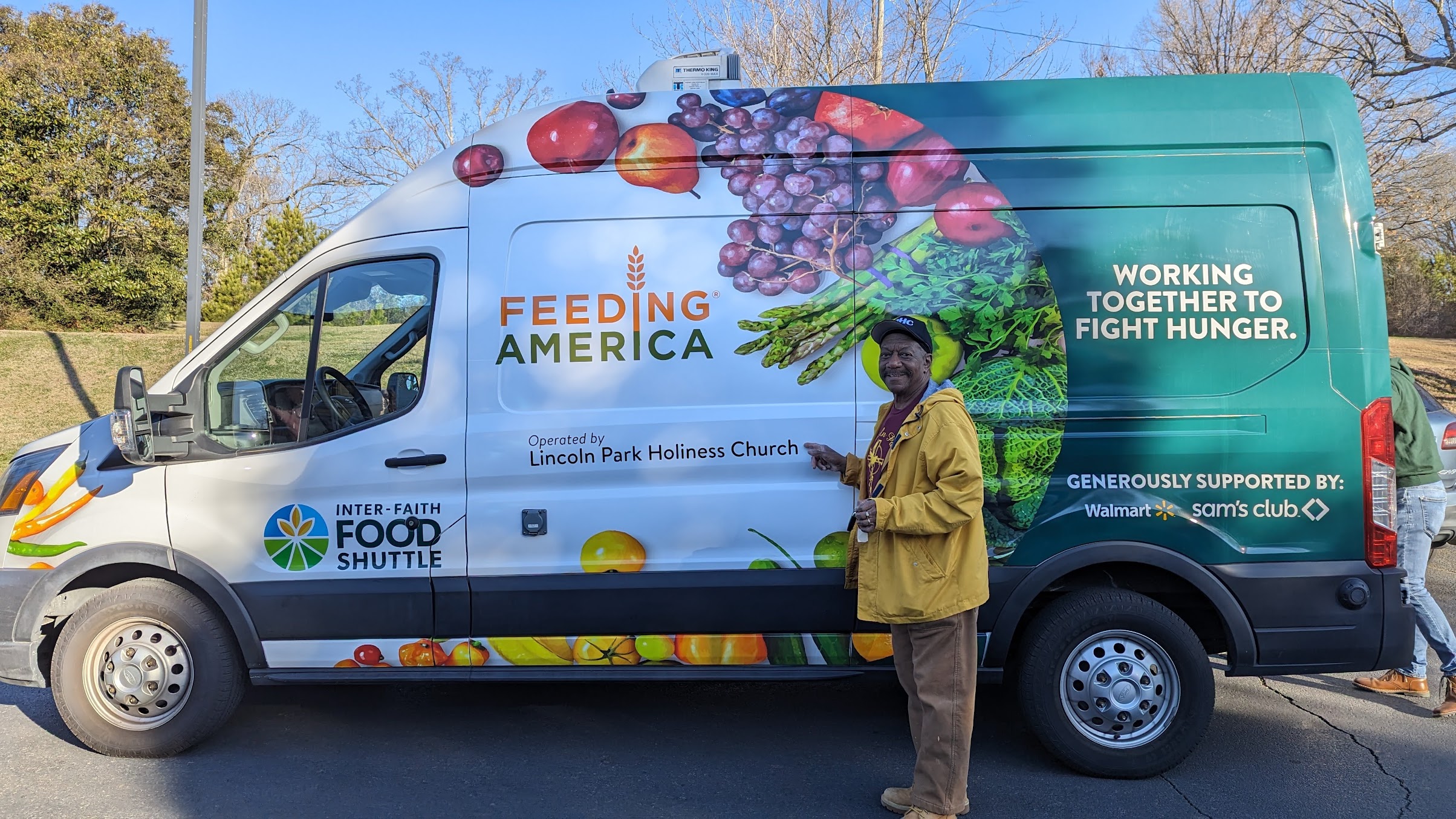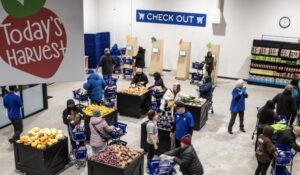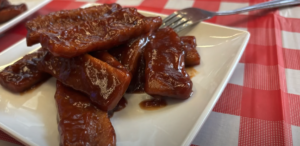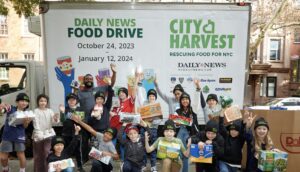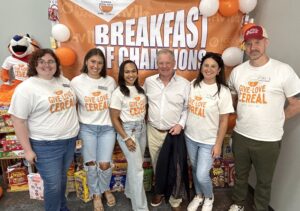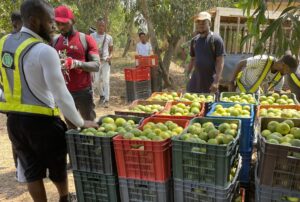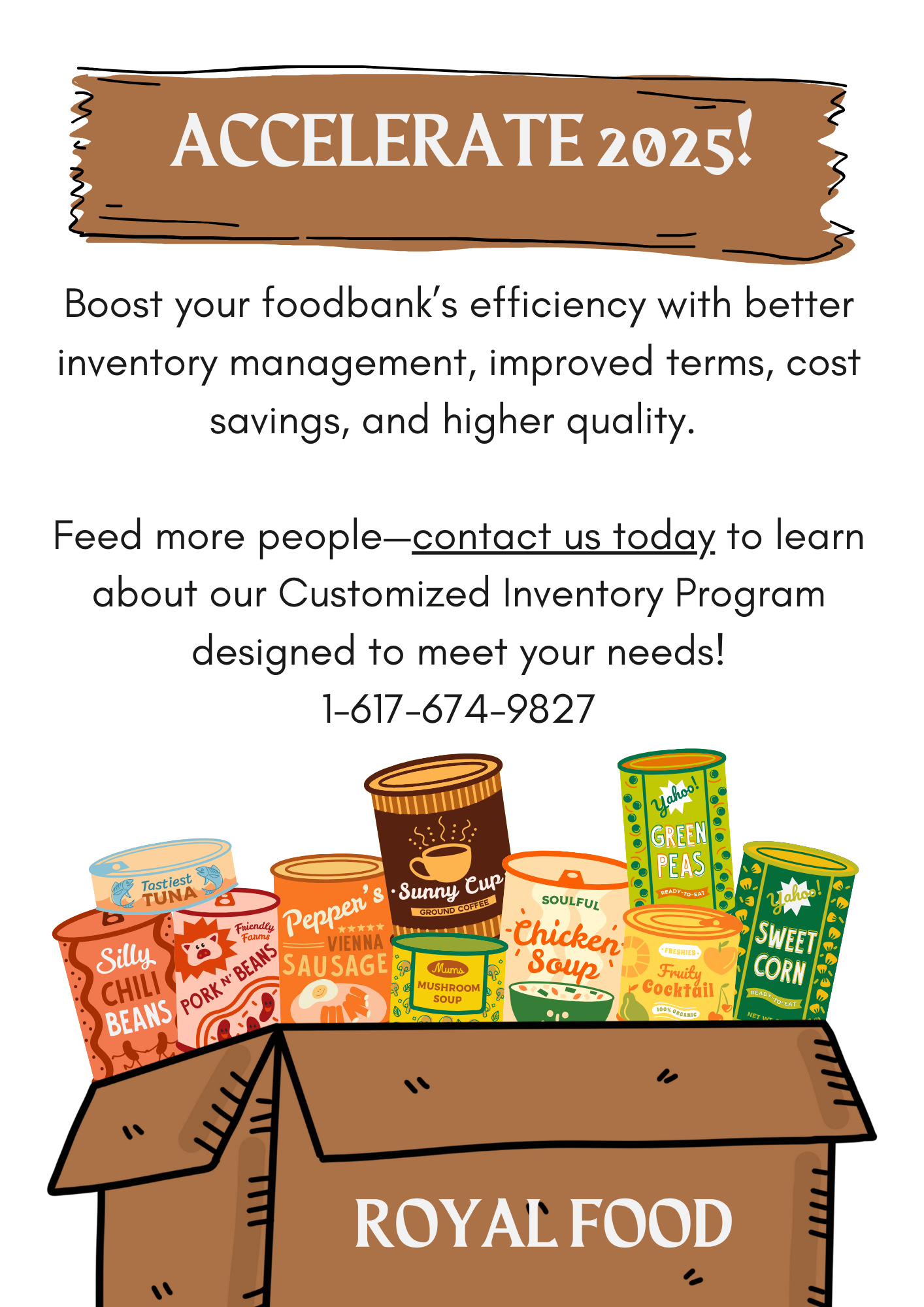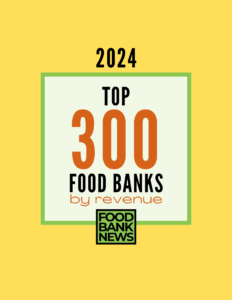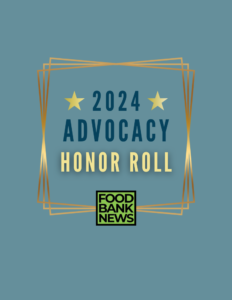With federal funding becoming scarce, food banks are turning more attention to a source of food that has long been a mainstay – food donations from local grocers.
Whether they are relatively new to the practice or have been at it for a while, food banks are recognizing that retail recovery is more important than ever, given today’s evolving funding landscape. “We are putting more energy [into retail recovery]. It is our largest single source of donations,” said Bart Brown, President and CEO of Springfield, Mo.-based Ozarks Food Harvest. Echoed Kara Siek, Director of Food Sourcing and Operational Support at Inter-Faith Food Shuttle in Raleigh, N.C., “We are in our community and our seven counties, gathering as much retail food as we possibly can.”
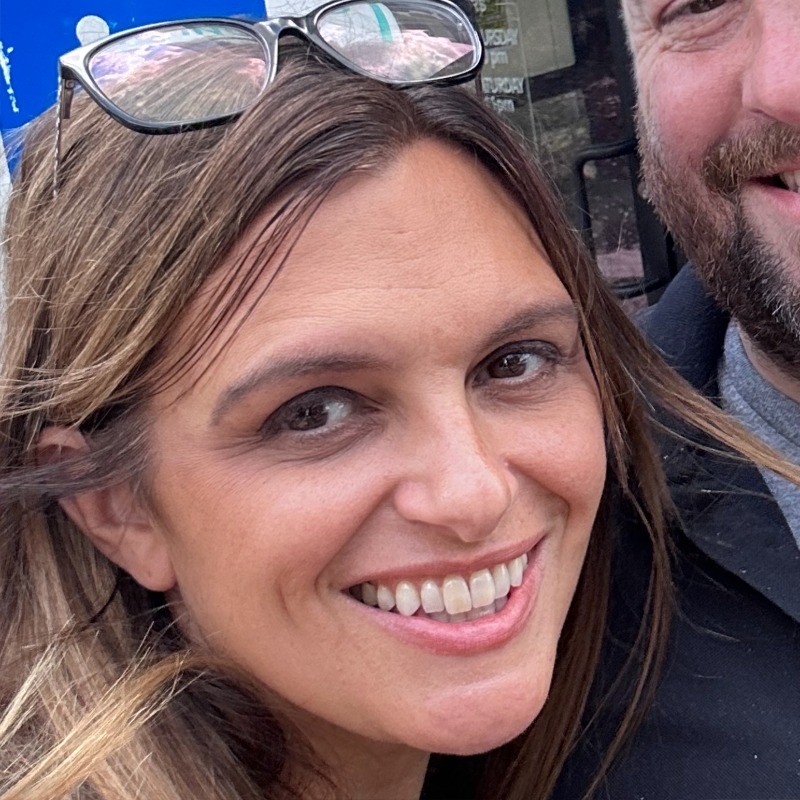
Cultivating relationships is at the heart of retail recovery, whether that’s with the retailers that are donating the food or the pantry partners tasked with picking up and distributing it. A trend in recent years has been to put agency partners at the center of the relationships with local stores. Ozarks’ partner agencies, for example, execute about 90% of pickups, leaving the food bank to work with stores in the immediate Springfield area, Brown said.
Ozarks recovered food from over 150 retailers last year throughout its 28-county, 20,000-square-mile service area, including Walmart, Sam’s Club, and a chain of convenience stores. This year, the food bank added Dollar General. Having partner agencies distribute what they recover helps to move perishables from grocers to clients more efficiently, Brown noted.
Inter-Faith Food Shuttle, which has rapidly expanded from recovering some 35,000 pounds per month in 2020 to about 590,000 pounds or more per month today, also leans toward agency pickups at the 183 stores it works with. While its own drivers run three to four daily routes, 30 partner agencies also do pickups, Siek said.
Second Harvest Food Bank of Central Florida is a bit unusual because it handles 60% of its pickups on its own. This allows the food bank to more equitably distribute the recovered food among its 500+ partner agencies, including those that lack the resources to do recovery themselves. “This just helps us spread the love around,” said Kirsten White, Director of Food Strategy & Sourcing at the food bank, which is on track to recover about 34 million pounds this year.
Perhaps even more important than maintaining connections with pantries is building up relationships with grocers. Food donations do not tend to be top of mind for busy grocers. In addition, finding that sweet spot of donated food – no longer able to be sold, but still perfectly edible – is a balance that usually requires some training.
White tries to bring store managers into the food bank, seeking that “aha” moment that helps them appreciate Central Florida’s scale and professionalism. When that’s not possible, food bank staff visit the store, meeting with managers and answering questions. Ongoing education improves quality, White said. If an item past its prime makes it into a donation, then a phone photo from a driver can become a training aid during a follow-up visit.
Frequent turnover among backroom staff is also an issue. Brown noted, “We have to make sure that they know about this program and about what they can donate and what they can’t.” The food bank also finds it useful to focus on aspects of the donation process that are meaningful to grocers, such as smoothing out the logistics involved.

Partner agencies also need support. Because recovered food is often perishable, agencies must be able to handle it safely, Brown emphasized. Ozarks has allocated $500,000 to $1 million in annual infrastructure grants to fund walk-in freezers, coolers and electrical upgrades. The aid even extends to parking lot repavings and loading docks so agencies can accommodate more truck traffic.
Similarly, with a three-year, $800,000 Feeding America Retail Agency Capacity Building Grant, Inter-Faith Food Shuttle provided participating agencies essential retail recovery equipment, including seven refrigerated trucks, more than 20 coolers, 20 freezers, pallet jacks, scales, freezer blankets and temperature guns. Agencies that received trucks, Siek noted, have increased pickups by 20% to 45%. “We take great measures to make sure that the food safety is preserved,” says Siek. “This food has a limited shelf life.”
How often to visit a store also varies. Central Florida uses a calculator provided by Feeding America to plan for consistent contact across hundreds of stores based on staff availability, number of stores by chain, and each chain’s recommended visit frequency. The calculator also helps them target stores that need support or a refresh on protocols. A store that doesn’t donate produce for a month, for example, may result in a quick visit that reveals a new produce manager, White said.
Inter-Faith Food Shuttle has modified the Feeding America calculator to capture its retail recovery landscape at the individual store level, including notes on why the next projected visit is needed—even if it’s routine. “It just kind of makes sure that every visit that we go into has a purpose, and that we have fulfilled that purpose, and if we haven’t, what the follow-up is,” Siek said.
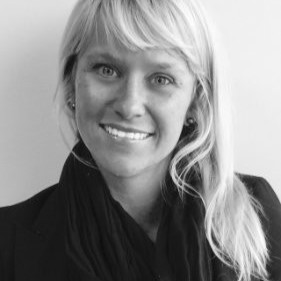
Ozarks doesn’t use the calculator. “They’re all worth a visit every week,” Brown said. “If you don’t come every week, you’re not helping them manage that back room. You want to add value to the partnership by helping them manage their space. That’s an important part of coming all the time.”
All three food banks track key metrics. For White, it’s simply part of being a good steward of donations received. In addition to pounds per store and by category, Central Florida tracks pounds per mile and its most meaningful metric, cost per pound (about three cents per pound).
Ozarks tracks product categories, type of storage required, and temperature readings, among others. In 2024, Brown noted, its recovery efforts diverted 266 semi-truckloads of food from landfills, saving the local government $60,000 in fees.
Inter-Faith Food Shuttle’s Siek sees pounds recovered per month as a key measure of return on investment. “I like knowing that I went on 100 store visits, and that I went from 500,000 to 600,000 pounds,” she said. She also breaks this down by donation categories by store. An unexpected high might indicate a mistaken donation; an unexpected low might signal a new manager or an unaffiliated pantry receiving donations (and the possibility of signing on a new partner agency).
While all three food banks see grocers improving inventory management, none see a looming end to retail recovery. “They’re always going to have extra inventory,” Siek said. “This keeps people fed. This keeps food out of landfills. This is the ethical, right thing to do.” – Amanda Jaffe
PHOTO, TOP: A grant from Feeding America helped Inter-Faith Food Shuttle purchase refrigerated vehicles for some of its agency partners, including Lincoln Park Holiness Church, above.
Amanda Jaffe is a writer and former attorney with a deep interest in organizations and mechanisms that address food insecurity. Her online publication, Age of Enlightenment, is available on Substack, and her essays and articles may be found at www.amandajaffewrites.com.
Like what you’re reading?
Support Food Bank News
